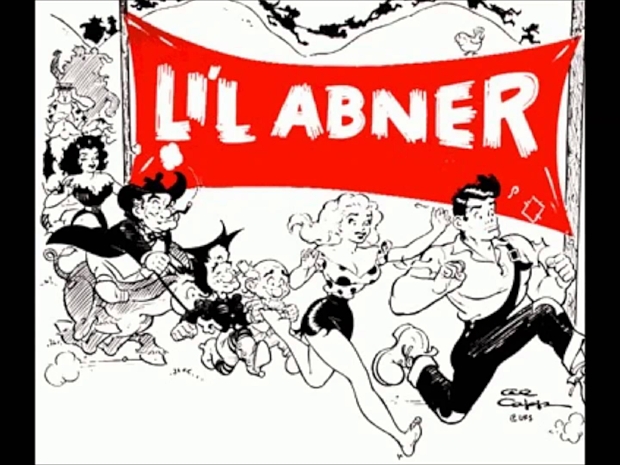Aloha, Calvin here,
This past January of 2022, like every 365 days of the Gregorian calendar, I have reset and begun goals, projects, and directions for the coming year, as I have done every January.
Yet what I don’t always get around to doing, but I am more focused on of late, is the mid-point of the year, which is in the month of July. Around the 182nd day of the year is the time I Look Back, to slow myself down, maybe even to stop, to recalibrate and gauge where I am, look around at my goals, projects, and directions, to see what has changed or is in a different form than when the year began?
Athlete Ezekiel Elliott Photographed by Kwaku Alston
I need to take a breath, to look around my world, maybe even recline with some personal reflections. Is my end game still in sight, or has the goal line been moved, or been tackled by unforeseen forces; what other maneuvers could be slowing me down or stopping me from reaching my end goal before the clock runs down.
I might want to look at those additional projects that I’ve taken on, or re-examine my response to the positions of responsibility that I find myself in.
This mid-year huddle allows me to regroup, redirect and recenter myself as a scrum for my game plays ahead.
What is needed is the huddle before the scrum, which is the time of assessment and focus. Thus, I’ve come up with a reevaluation of work and play habits, a retooling of knowledge, skills and techniques that will enable me to move with a more efficient effective flow for my days and weeks ahead.
I still feel, if only rarely, guilty about taking a midyear huddle. Something feels like a twinge, when I begin the slow down or mid- year stop. This feeling is brought on by what seems to be less work getting done, as the shift in routine occurs. It can feel as if I’ve taken my eyes off the ball, thus I must not be working hard enough, even though research and re-evaluation is arduous in itself. This slowdown may seem to be jeopardizing the goal.
I bring this up, for this is a state of awareness you may need to be aware of; some call it a state of workaholism. This means the purpose of why you are doing what you are doing, is lost for the sake of just doing. You need to be aware of the drivers of this state of mind; The illusion of being busy, or for Praise, Status, Money (aka your Beast). What follows then is the Guilt when you are not continually feeding the beasts. The beasts can have a way of taking over your life, when there is no reflection, evaluation and course corrections. When there is no change of view or alignment, then life is lived out of balance.
It is a curse of some over-achievers, when they are feeling guilt and shame, because every day they aren’t just killing it – working to smash career goals or earning money.
I have had to look at that reaction within myself to see where that comes from, to reconcile myself to a more focused and balanced practice, rather than trying to keep things in perpetual motion. Through strategic thinking, I’ve come to conclude that maintaining a Life/Health Balance takes a different focus.
Ask yourself — “Do I feel anxious or guilty when I am not working 12 hour days (being in motion) towards what I think are the job goals?
If your answer is “yes” multiple times in multiple situations, then it’s an early warning sign.
The unexpected breakthrough and release from this dilemma can be through time spent in reflection of what is the motivation of your true goals and desires. Maybe a shift in consciousness and vernacular is what is needed. Can what you are doing under the word “work”, be changed to the word “play”?
Stock photo soccer teammates
What are the things that happen when you play? Can you immerse your awareness in a shift from considering “work” only to a “work/play” balance. This allows for laughter, friends, fun, and humor.
Review the situations to make them fun in their discovery.
You may want to try adding the words Play and Fun to your vocabulary and daily use. Be warned, the first few times you do it, because you haven’t scheduled it before, could mean you feel guilt or shame because you are not working.
In time, this obsession will subside because of the new concepts you will come up with about “Play.” It could become the antidote for burnout and anxiety.
You may create a new Vocabulary with “play” at the center of it. This allows you to stop taking life so seriously. You may even announce that your work-colleagues or your friends, are now referred to as your “playmates to success”.
Each of us is responsible for our own life, the expectations we give ourselves and justifications for our workload. It’s our duty that we evaluate, conclude, and move toward an alignment with our authentic self.
The basic idea is that your success and what you want out of your job and career will change over time in direct proportion to your alignment with truth, and the humor that happens along the way to discovering your authentic self.
I like the words of Christian Morgenstern when he said — “Humor is the contemplation of the finite from the point of view of the infinite.”
See you on the playground
Calvin
































